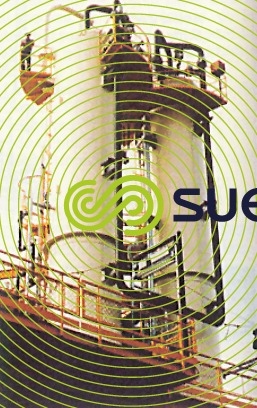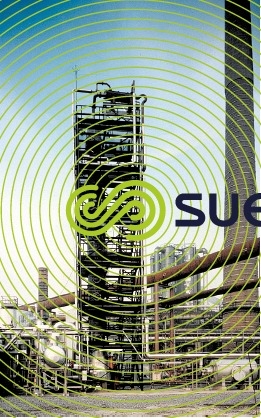gas and vapour strippers
Reading time:gas strippers
When air cannot be used (because it carries pollution or unwanted oxygen), the carrier gas can be another gas that is available in sufficient quantities (inert gas, natural gas).
In oil production, natural gas strippers are used accordingly to remove oxygen from the water re-injected into wells.






They run at a very slight pressure, enabling them to feed a waste gas burner with polluted gas.
vapour strippers
When the gas to be extracted is highly soluble (NH3), degasification carried out at ambient temperature is not a very cost-effective solution. However, since gas solubility increases as the temperature rises, high temperatures make gas removal easier.
This operation is carried out in vapour strippers or distillation columns (with a backflow) in which the steam plays a dual role: heating the liquid phase and carrying the dissolved gases to be extracted.
In the water treatment field, this system’s main application is the removal of ammonia from coke plant or gasification effluent (photo 4). The water to be treated is injected into the top of the column; the steam flowing from bottom to top is injected at the base of the column. Contact between the liquid and gas phases takes place either through a series of plates, or through a contact mass distributed over several stages. An additional ammonia vapour concentration area will often be required above the water inlet due to the ammonium content in the water to be treated. The end usage allocated to this vapour (re-use or destruction) depends on ammonia vapour concentration.
In all cases, special care must be taken when designing this type of equipment both in terms of material selection (corrosion, tar deposits) and of its application and utilisation (noxious gases, hazardous products).
Bookmark tool
Click on the bookmark tool, highlight the last read paragraph to continue your reading later












